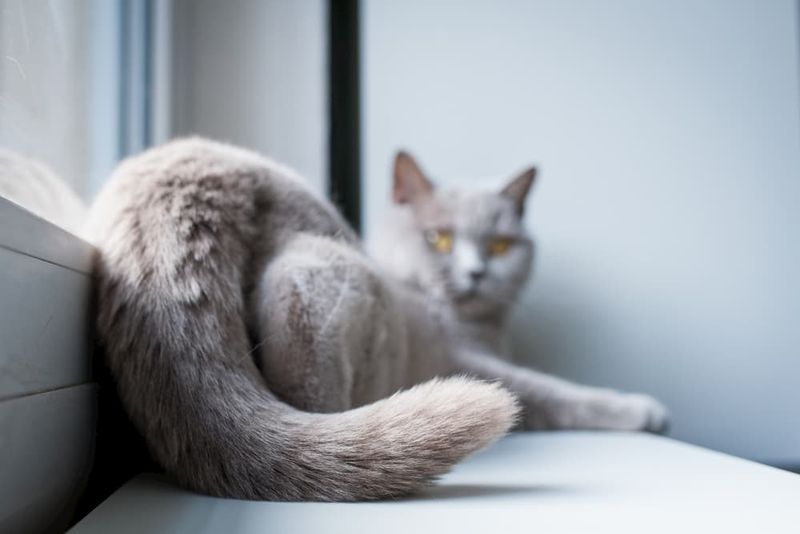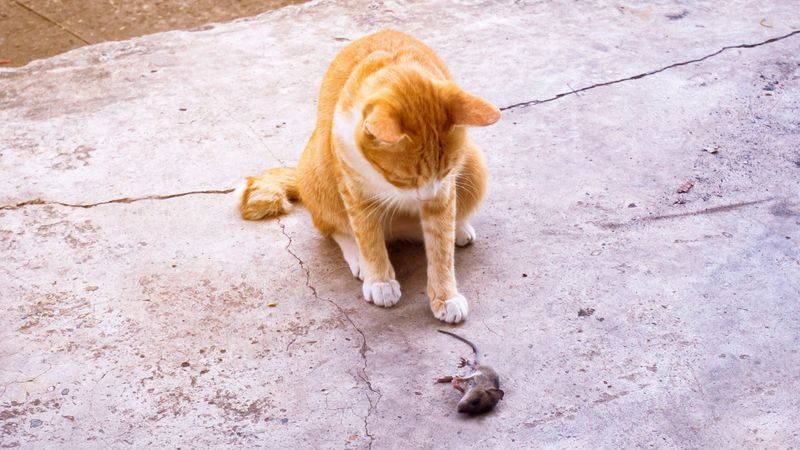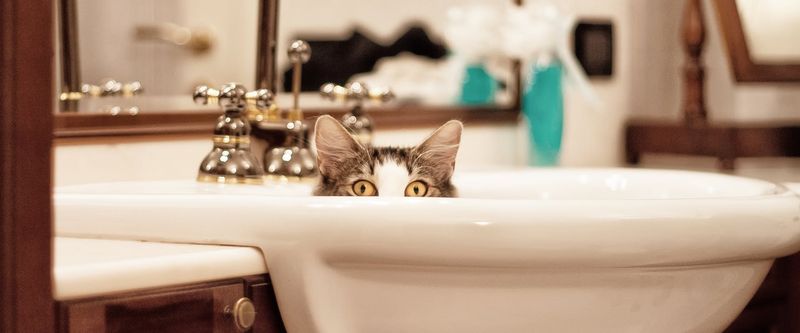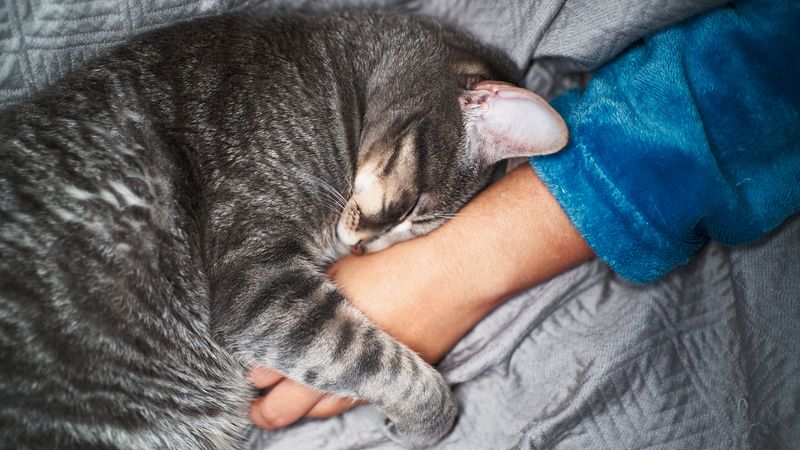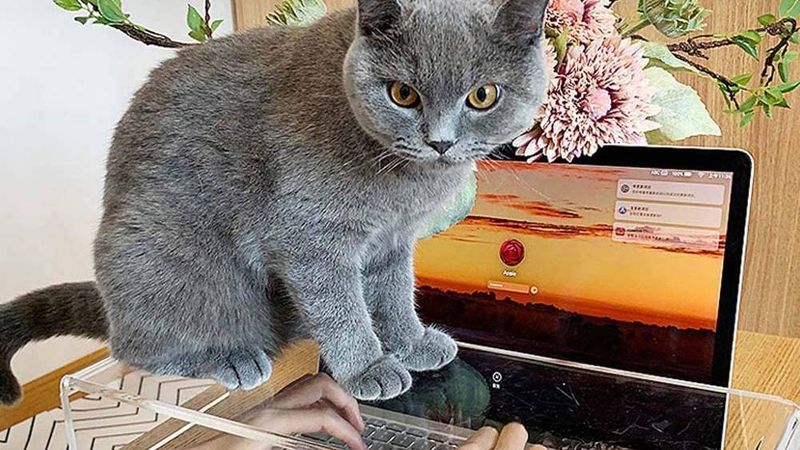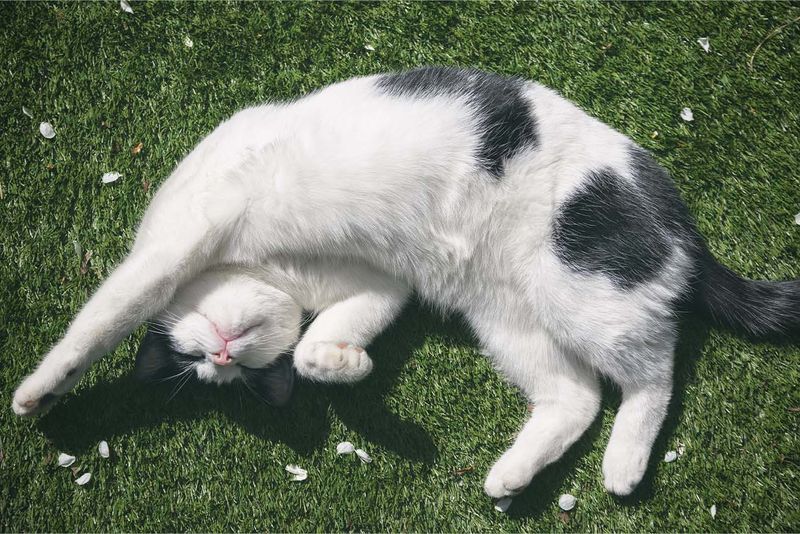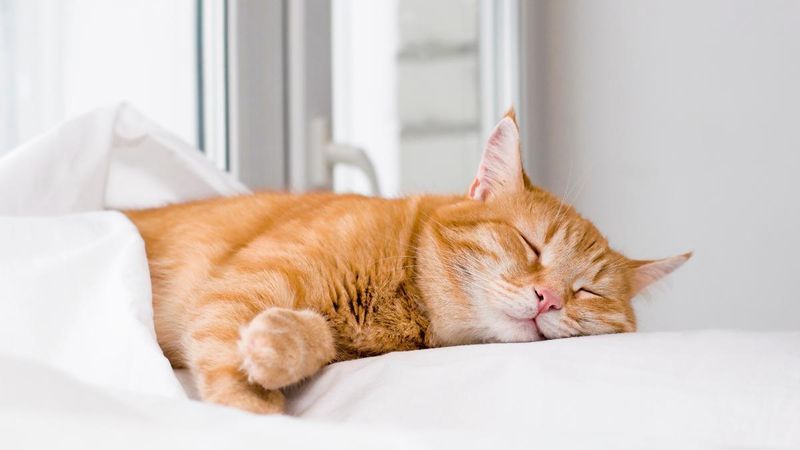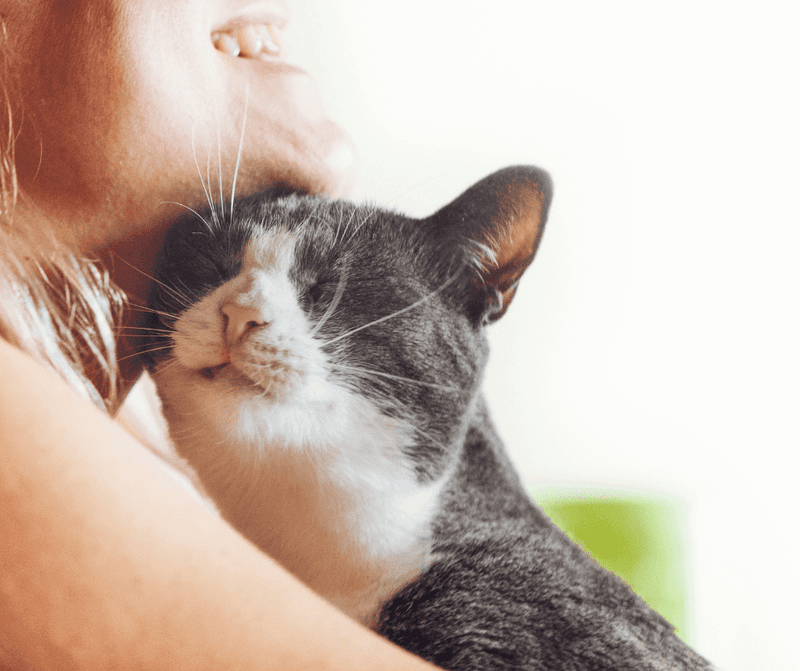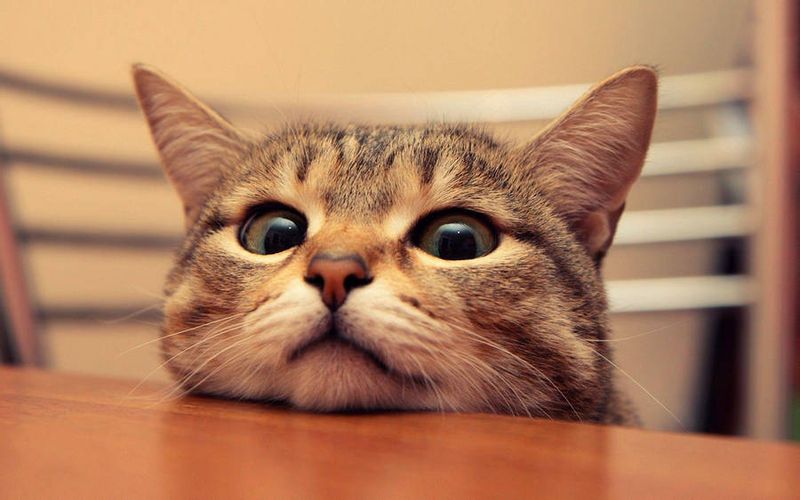📖 Table of Content:
- 1. Tail Flicking During Petting Sessions
- 2. Bringing You Dead Animals
- 3. Slow Blinking in Your Direction
- 4. Rubbing Against Your Legs
- 5. Following You to the Bathroom
- 6. Purring While on Your Lap
- 7. Sitting on Your Laptop or Book
- 8. Exposing Their Belly to You
- 9. Sleeping on Your Bed
- 10. Meowing Persistently at You
- 11. Headbutting or Bunting
- 12. Staring at You Without Blinking
Cat behavior is often full of mystery, leaving humans to interpret each gesture and sound with guesswork. Purring, rubbing, and slow blinking are frequently seen as acts of affection. These behaviors seem to mirror human expressions of love and attachment.
However, feline communication doesn’t always align with human emotions. What may appear as a sign of closeness could actually be a display of territory, trust, or even manipulation. Misreading these signals can lead to confusion about what a cat is truly trying to express.
Understanding the deeper meaning behind common feline behaviors helps paint a clearer picture of the human-cat relationship. Each gesture carries subtle cues rooted in instinct and survival. Knowing the difference can reveal just how complex—and clever—cats truly are.
1. Tail Flicking During Petting Sessions
A rapidly twitching or flicking tail while you’re petting your cat isn’t a sign of enjoyment—it’s actually a warning. This subtle movement indicates your cat is becoming overstimulated or irritated with the current interaction. Many cat owners miss this crucial signal and continue petting, which can lead to scratches or bites.
Cats have sensitive nerve endings along their bodies, and too much stimulation can quickly turn from pleasant to uncomfortable. When you notice this behavior, give your cat some space immediately. Respecting these boundaries will actually improve your relationship rather than damage it.
2. Bringing You Dead Animals
Finding a dead mouse on your doorstep might seem like your cat’s way of offering you a thoughtful gift. The reality is less romantic—your cat likely views you as a poor hunter who needs feeding lessons. This behavior stems from a mother cat’s instinct to teach her kittens hunting skills.
By bringing you prey, your cat is essentially treating you as an incompetent kitten who needs to learn survival basics. Rather than a loving gesture, this is your cat’s way of expressing concern about your hunting capabilities. Your feline friend isn’t showing affection—they’re giving you remedial hunting lessons.
3. Slow Blinking in Your Direction
Slow blinks are often described by experts as signs of affection, sometimes even called “kitty kisses.” But scientific findings suggest a more neutral interpretation—cats use this gesture to show they’re relaxed and not feeling threatened. It’s a subtle way of saying, “I feel safe with you,” rather than, “I love you.”
It’s more like saying “I’m not planning to attack you” rather than “I love you.” While this behavior does indicate a level of comfort, interpreting it as deep emotional attachment might be stretching the truth. Your cat is simply acknowledging your presence in a non-confrontational way.
4. Rubbing Against Your Legs
That affectionate leg-rubbing ritual when you come home seems like a loving welcome. Actually, your cat is marking you with scent glands located on their cheeks and body. This territorial behavior claims you as their property. Cats have scent glands all over their bodies—on their cheeks, paws, and sides.
When they rub against you, they’re depositing their scent, essentially labeling you as part of their territory. Far from pure affection, this behavior serves your cat’s need to maintain control over their environment. They mark furniture, doorways, and yes, even you, to create a sense of security in their space.
5. Following You to the Bathroom
Your cat’s persistent bathroom companionship isn’t about adoration or separation anxiety. Cats are naturally curious creatures, and closed doors represent mysteries they feel compelled to investigate. Additionally, the bathroom is full of fascinating scents and sounds that intrigue your cat.
The running water, the echo of the room, and your captive attention make this an ideal opportunity for interaction on their terms. Cats also appreciate routine and may simply be following established patterns. Rather than love, this behavior demonstrates their territorial nature and desire to monitor all activities within their domain—including your most private moments.
6. Purring While on Your Lap
Purring seems like the ultimate sign of feline contentment and love. However, cats purr for numerous reasons beyond affection, including self-soothing during stress or pain. The vibrations from purring can actually promote healing and pain relief. Cats often purr when injured or at the veterinarian’s office—clearly not moments of bliss.
This sound helps them calm themselves in uncomfortable situations, similar to how humans might hum or whistle when nervous. While a purring cat on your lap might be comfortable, they could simply be using you as a warm surface while self-soothing. The purr might be more about their own comfort than expressing affection toward you.
7. Sitting on Your Laptop or Book
That adorable sprawl across your keyboard isn’t just a plea for affection—it’s a strategic move to redirect your focus. Cats thrive on routine and often dislike anything that distracts from their preferred level of attention. A warm, noisy laptop can become a target simply because it competes with them.
The warm surface is simply a bonus attraction. This behavior demonstrates your cat’s desire to control their environment rather than expressing affection. They’re essentially saying, “Stop what you’re doing and pay attention to me now.”
8. Exposing Their Belly to You
You might think your cat wants a belly rub when it rolls over and shows its tummy—after all, dogs do the same thing. But for most cats, this position is actually defensive, allowing them to strike with all four paws if they feel threatened. Some cats will flash their bellies when they’re relaxed and trusting, but that doesn’t always mean they want you to pet them there.
Many cat owners learn this lesson the hard way when gentle belly pats trigger the infamous “bear trap” response. Rather than showing love, your cat is demonstrating momentary comfort in your presence. They’re saying, “I feel safe enough to relax,” not “Please touch my belly because I adore you.”
9. Sleeping on Your Bed
Finding your cat curled up on your pillow might warm your heart, but their motivation is likely practical rather than emotional. Cats seek out the warmest, safest, and most comfortable spots in their territory—your bed checks all these boxes. Your scent on the bedding provides a sense of security, and the elevated position offers both warmth and a strategic vantage point. Many cats prefer sleeping where their human sleeps simply because it’s the premium spot in the house.
This behavior is more about self-preservation and comfort than expressing devotion. Your cat has simply identified the optimal resting place in their environment—which happens to be where you sleep.
10. Meowing Persistently at You
Those demanding meows don’t translate to “I love you”—they’re specific requests for service. Adult cats rarely meow at each other; they’ve developed this vocalization specifically to communicate with humans. Your cat has learned which sounds get results from you, whether that’s food, access to the outdoors, or attention.
They’re essentially training you to respond to their demands, much like a bell-trained human would respond to Pavlov’s dogs. Rather than expressing affection, your cat is using effective communication tools to get what they want. The more successful their meowing is at producing results, the more they’ll continue this behavior.
11. Headbutting or Bunting
A soft nudge of a furry head—gentle, purposeful, and oddly comforting. This act, called bunting, is more than affection; it’s your cat’s quiet way of making you part of their world. With scent glands on their forehead, they leave behind a trace of themselves, a subtle bond formed not in words, but in scent and trust.
By headbutting you, they’re claiming you as their property and mixing their scent with yours to create a familiar “colony scent.” While this behavior does indicate your cat feels comfortable around you, it’s more about establishing ownership than showing love. Your cat views you as a valuable resource worth marking and keeping within their territory.
12. Staring at You Without Blinking
Think your cat’s intense stare means they’re full of love? Not quite! In cat speak, a long, unblinking look is usually a sign of dominance or hunting behavior. Whether they’re watching a toy or another animal, that fixed gaze means they’re focused and possibly on edge—not necessarily feeling cuddly.
When your cat watches you this way, they might be assessing your movements or waiting for you to perform an interesting action—like opening the treat cabinet. Far from adoring you, your cat might be monitoring you as a potential threat or opportunity. This intense observation helps cats gather information about their environment and the creatures within it—including their human companions.

